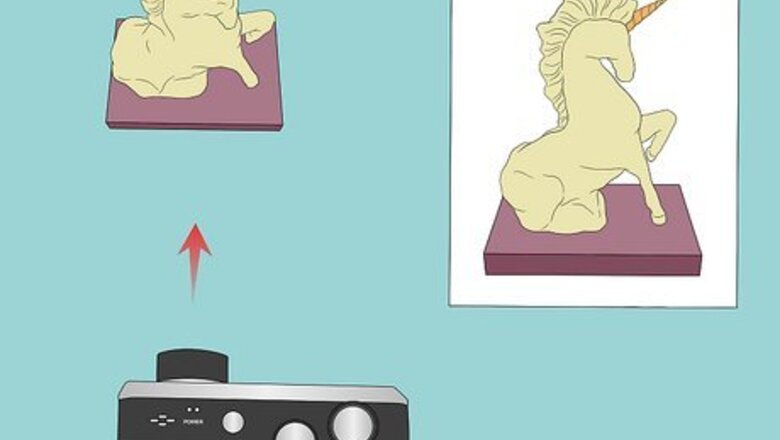
views
Making 3D Pictures
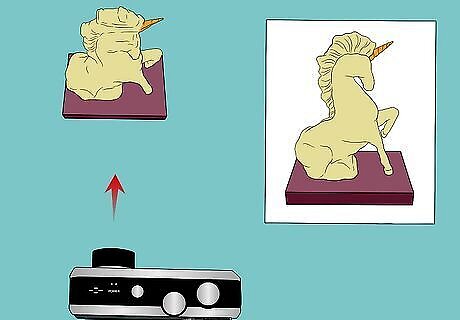
Take a picture of an object at a distance. Place your camera on a flat surface when you do this to get the straightest picture possible. Do your best to aim the camera at the “center” of the object. This will be the thing that you aim the camera at for your second picture. After you take the picture, measure the distance from the object to the camera. You may end up not needing this information, but it could be very helpful later.
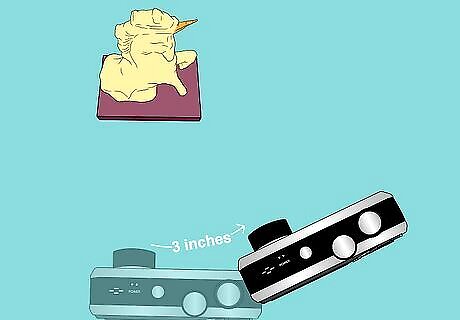
Slide your camera about 3 inches (7.6 cm) to the side. After you move the camera, turn it slightly so that it’s focused on the “center” of the object again. Make sure you don’t change the distance between the object and the camera; you just want to change the angle that the next picture will be taken from. If you want to be extra safe, measure the distance from the camera to the object after you move the camera. This way, you can make sure you only changed the angle and not the distance. You should only move the camera about 3 inches (7.6 cm) because this is the approximate distance between the centers of your eyes.
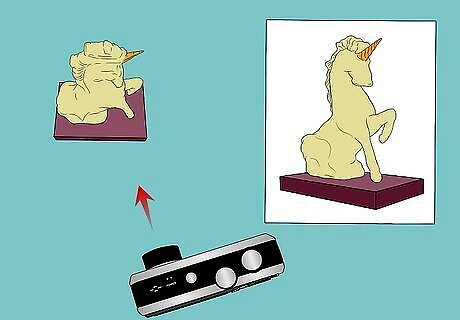
Snap another picture of the object from this new position. Make sure that the object hasn’t moved or changed since you took the first picture. The second picture should look nearly identical to the first picture, but with some tiny changes. For instance, the smaller details in the image may seem to be “looking” into the distance relative to where they were “looking” in your first picture.
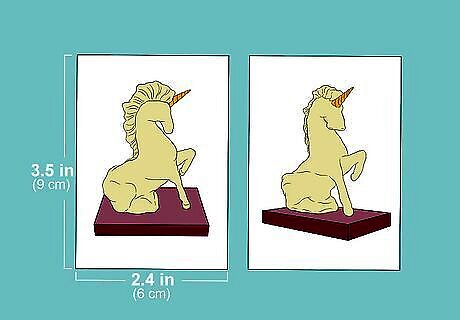
Print the 2 pictures to be 6 by 9 centimetres (2.4 by 3.5 in) big. This is the biggest that your pictures can be if you want to look at them with a simple stereoscope. For bigger pictures, you’d have to use a mirror stereoscope, which isn’t as simple to make! You can also make your pictures smaller, if you want. They may just be a bit harder to see with your stereoscope. If you’re using a digital camera, you can usually select this sizing option on the computer program that your camera uses. If you’re using a film camera, ask the clerk at the camera store to print your photos to this size.
Putting Together Your Stereoscope

Cut 2 holes in a piece of cardboard and put another piece between them. These should be 2 circular holes about 1 inch (2.5 cm) wide. These will be your eye holes and this piece of cardboard will be your lens holder. Glue the other piece of cardboard perpendicularly to the lens holder, making a separator in between the eye holes. The separator will keep your eyes focused on the image directly in front of them instead of looking at the opposite picture. The holes can be made with a box cutter or a utility knife. Make sure an adult does this part!

Attach the lens holder to 1 end of a 1 foot (0.30 m) strip of cardboard. Glue the lens holder to a strip of cardboard about 2 inches (5.1 cm) tall. Then, glue this strip perpendicularly to your 1 ft (0.30 m) strip of cardboard so that it stands up on 1 end of it. It doesn’t matter how wide your bottom cardboard strip is, as long as it’s 1 foot (0.30 m) long. The lens holder needs to be about 2 inches (5.1 cm) high so that you can center align the center of the eye holes with the centers of your pictures later on.
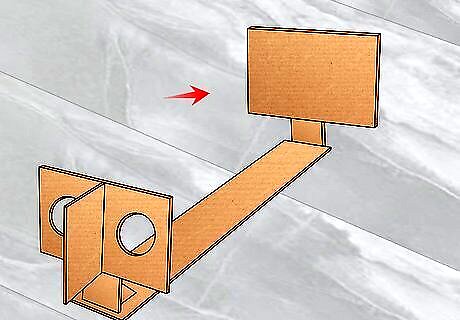
Glue another piece of cardboard to the other end of the strip. Make sure you attach this piece perpendicularly to your 1 ft (0.30 m) strip. The top of this other piece of cardboard should be as high as the top of your lens holder. This will be the backboard that you tape your pictures to. If you’re having trouble getting the backboard to stay up, you can also glue another strip of cardboard to the backboard, then glue that strip to your 1 ft (0.30 m) strip.
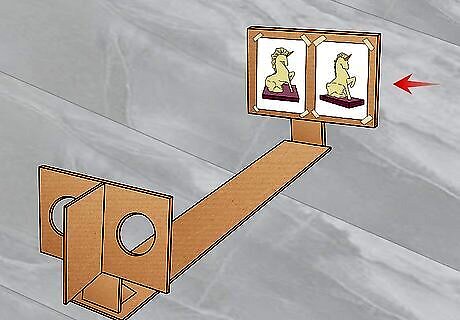
Place your pictures next to each other on the backboard. Use tape to tape them up to the board, placing each one directly across from each eye hole. Make sure you align the center of the picture with the center of each eye hole.
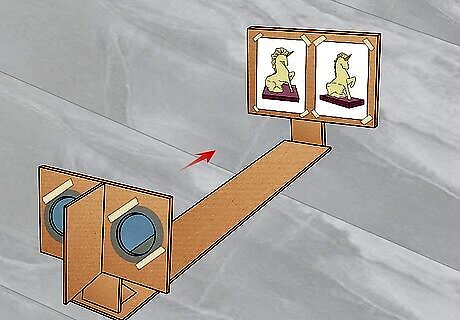
Tape 2 lenses to the inside of the lens holder to finish your stereoscope. The lenses need to be magnifying lenses with a focal length of about 30 centimetres (12 in) for people with normal vision. You can technically use the stereoscope without lenses, but it’s a lot easier to use if you have them! For people with nearsighted vision, you may not need lenses at all. For people with farsighted vision, you may need stronger magnification to see the images in 3D. Once you’ve attached your lenses, look through the eye holes at the centers of the 2 pictures. Then, cross your eyes until the 2 centers overlap with each other. Once they overlap, the pictures will look 3D!















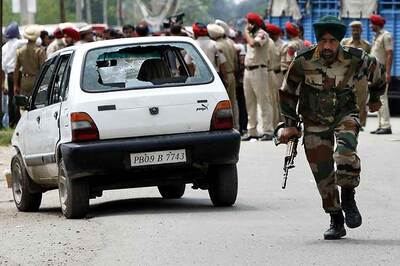
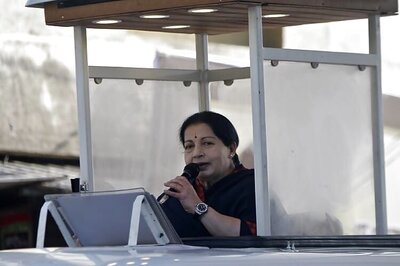
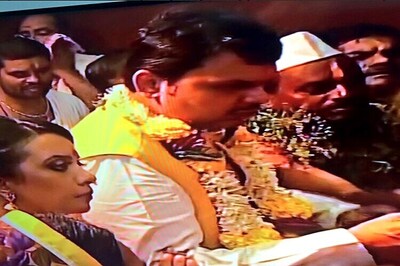
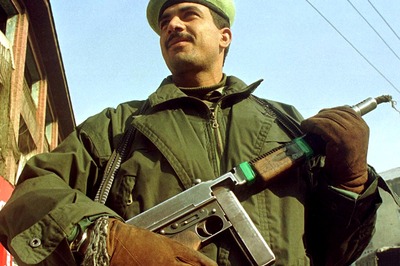
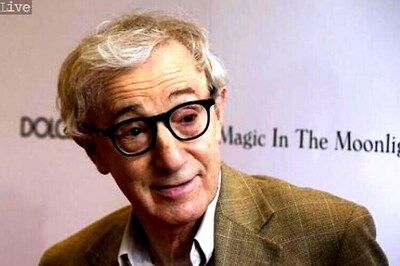
Comments
0 comment